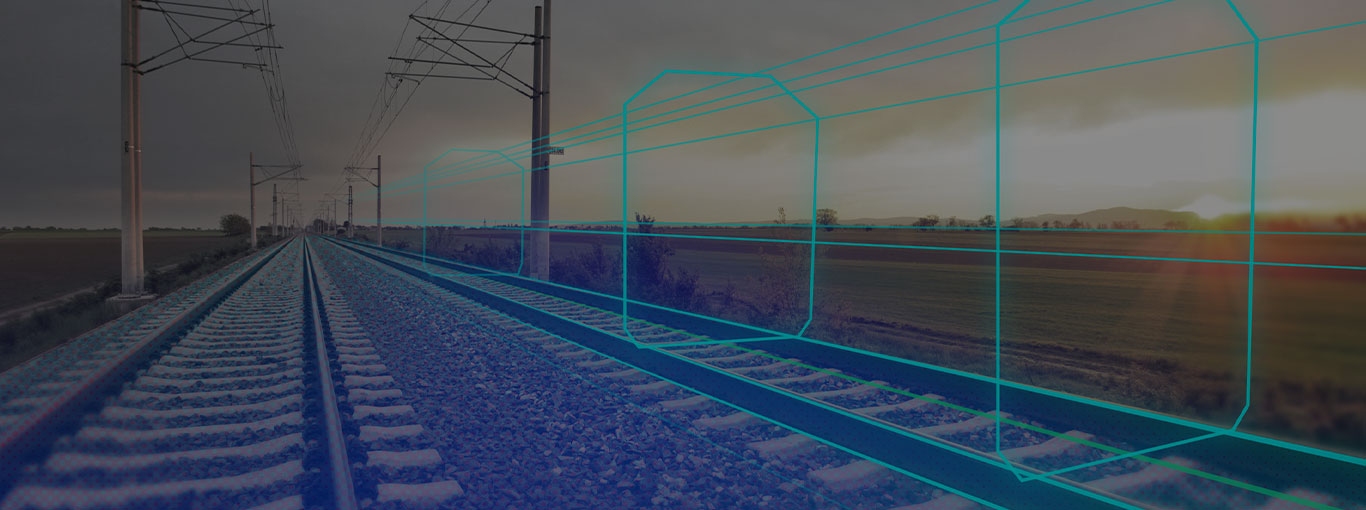Automatic Ballast Profiling and Anomaly detection
We use data gathered during LiDAR scans to generate detailed ballast measurement and condition information. Identifying problems early and often quickly means they can be addressed immediately before track conditions create a service interruption.
How Automated Ballast Profiling Works
1. Survey point clouds
We capture, or you supply Lidar survey point cloud data.
2. Cross-section engine
Process into variable Cross-sections along the track.
3. Machine Learning
Detect ballast and output profile using ML.
4. Output Reports
Integrate with your existing tools or export required reports.
Features

Lidar point-cloud data processing
The Cordel platform utilises the Nextcore Lidar data processing engine, developed in-house to provide best in class data processing automation, accuracy and scalability.

Cross-section analysis
Break entire railway networks down into variable cross-sections automatically. This step allows even the most complex of railways to be mapped and automatically. Cross-sections can then be analysed, and key asset condition data and measurements can be extracted.

Ballast profile compared against ideal models.
Our ML platform derives the ballast profiles and compares them against engineering's idealistic models, enabling us to accurately and automatically detect ballast oversupply or undersupply.

Report by exception
When comparing ballast profiles, the Cordel platform produces tickets identifying potential exceptions or defects, so a human operator can quickly and easily assess them. Exceptions can be filtered by location track code and other criteria to build ballast exception reports.

Report for volumes
The volume feature gives your works planning team an accurate comparison of current versus design rail height as well as the calculations necessary to determine the volumes of ballast required for remediation.
Quicker discoveries
Point cloud data from an entire network can be processed quickly and affordably, enabling discoveries of defects or leading indicators faster. More regular inspections enable issues to be repaired before causing significant downtime or maintenance works.
Accurate and Quantifiable results
Exceptions are produced from survey-grade point clouds, ensuring the accuracy of metrics such as distance, volume, severity, effect and even level of fouling.
Reduce Cost, Increase Safety
The early detection of defects and exceptions enables assets to be managed more proactively, leading to longer asset life, lower overall maintenance costs, and a reduction in risk of train derailments due to ballast-related defects.



